OnePlus' invisible camera trick is kind of magic
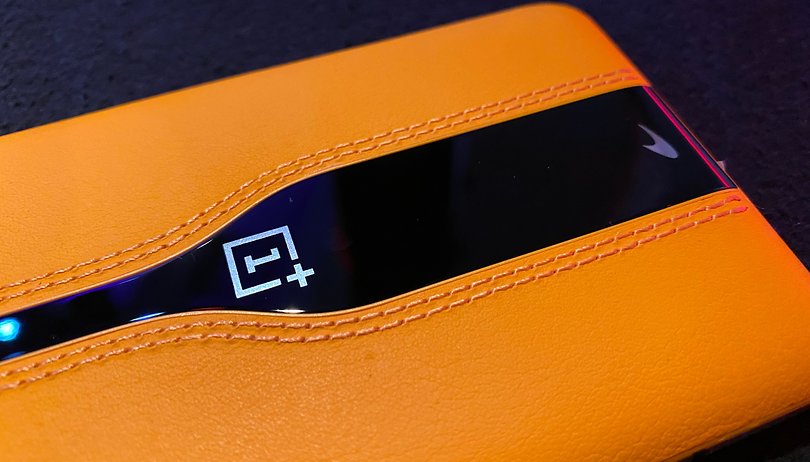

Read in other languages:
The OnePlus Concept One - or 'the mobile phone with the invisible camera' - was presented at event in Cologne to around 240 OnePlus fans and journalists. What interested me above all was the technology we all know from our everyday lives and which is now being used in a smartphone for the first time. Electrochromic glass, also known as intelligent glass. I was allowed to take a closer look at the first invisible camera in a mobile phone.
The Chinese smartphone manufacturer OnePlus enjoys the affection of a small but steadily growing community. The manufacturer's smartphones have long been an insider tip as alternatives to Huawei, Samsung, and Co. The brand now presents itself with a small smartphone innovation on the back of the OnePlus Concept One.
What exactly is a concept phone?
At the event, I did not see a new OnePlus mobile phone, I only heard dreams of the future. Because the Concept One smartphone incorporates mostly the technology of the current OnePlus flagship OnePlus 7T Pro, which will probably soon be replaced by its successor OnePlus 8 Pro. But visually, and especially on the back, the Concept One looks completely different from its technical twin.
The Concept One is just an idea, a prototype that is supposed to show what we can expect from the manufacturer in the future - or not. This year's CES also featured a number of concepts, for example from automobile manufacturers who will probably never reach the market.
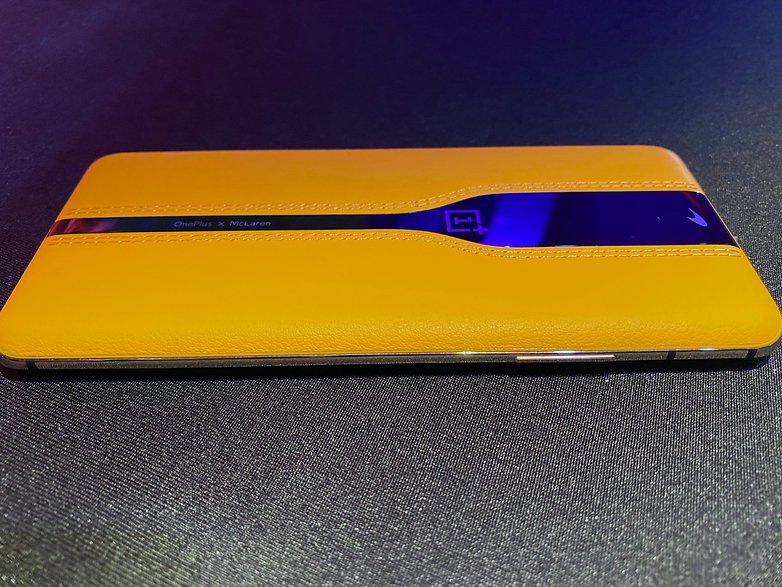
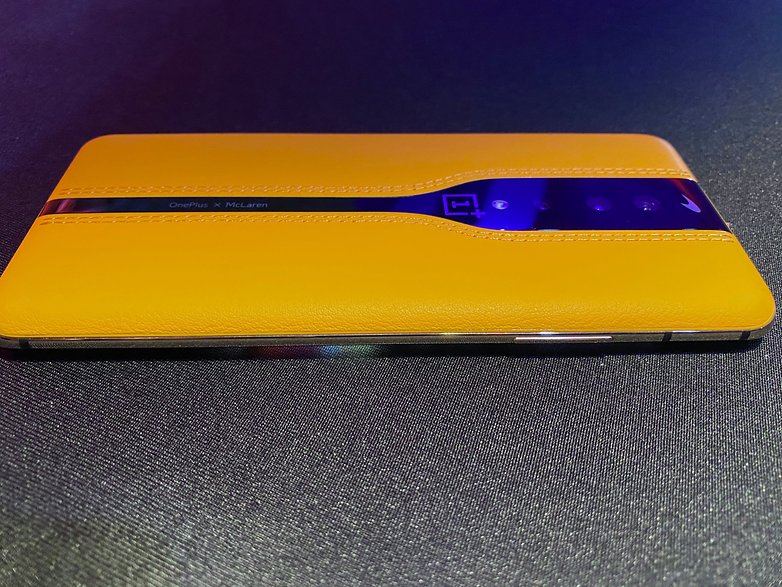
In cooperation with the British sports car manufacturer McLaren, OnePlus has used the already existing special addition to show off its new concept. If we slowly drive our finger from the very bottom over the cool glass upwards, we reach the really interesting part of this concept smartphone. Like a river that flows evenly into the sea, the black bar becomes wider and wider towards the top, where it ends flush with the housing. Here is what I call "the magic": the electrochromic glass.
At first sight, the OnePlus Concept One does not have a camera here, but, well, the black sea. When the camera app is opened, however, a lens set consisting of three lenses and a flash reveals itself to the photographed person. The smart glass needs 0.7 seconds to change the color of the glass by a current pulse so that it is either dark or transparent. This takes exactly as long as the camera app needs to start.
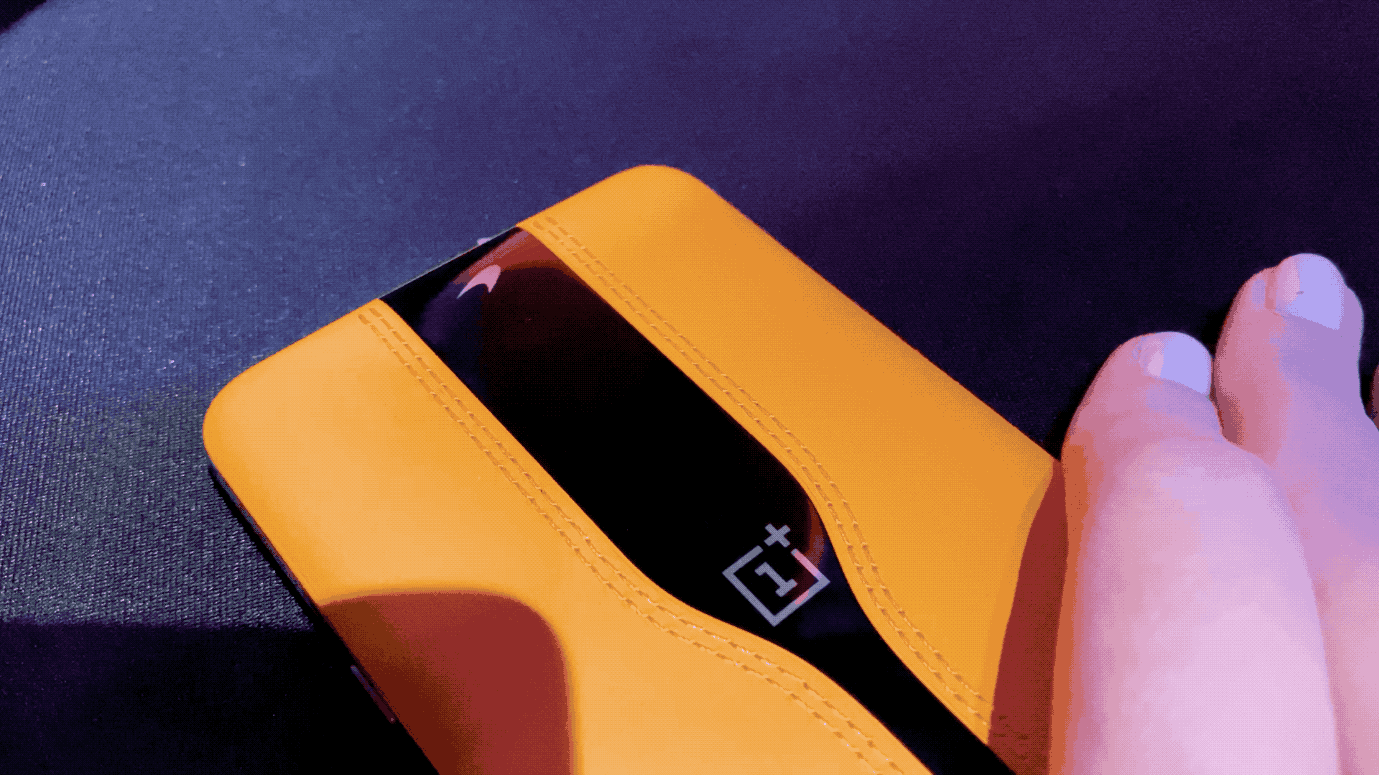
We've already seen electrochromic glass on cars
This technology is no longer new. Architects and car manufacturers alike use them in a wide variety of ways for their products. For example, window manufacturers offer thermochromic glass for buildings, which changes color depending on the incidence of light and UV radiation and can thus protect against sunlight without the need for blinds or curtains. In cars, the technology has been around for more than ten years and many of you are sure to appreciate it in the evening hours. Because when another dickhead with full beam on is hanging onto your trunk, electrochromic glass darkens your rearview mirror to reduce glare. And automaker McLaren uses electrochromic glass, for example, in its 1,070-horsepower "Speedtail" monster to darken the windshield at the top edge when light falls on it.
OnePlus uses the benefits of smart glass to hide the camera lenses in a smartphone, and that makes more sense than ever today. Because where we now have three, four or even eight lenses on the back of a mobile phone, hiding them is very worthwhile. Apple's asymmetrical camera design in the iPhone 11 Pro Max did not meet with much approval, and I'm not even going to start with the Nokia 9 PureView.
The electrical impulse to darken or lighten the glass is triggered by opening and closing the camera app. In the process, microscopically thin coatings of the glass discolor. More juice from the battery is unlikely to be required by this technology, as neither of the two states requires permanent current, but only an impulse to change the state.
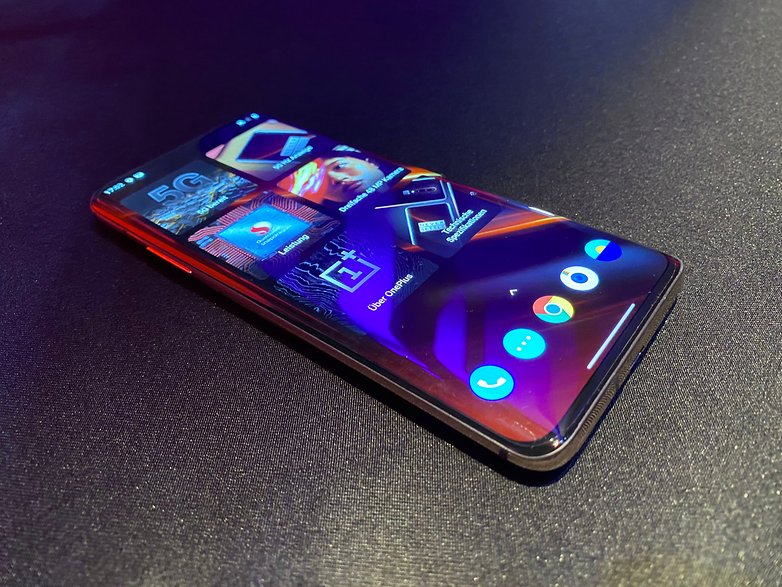
But OnePlus' idea is not only based on aesthetics. The electrochromic glass is also said to offer an advantage within the camera app, because by applying the technology it is possible to give the camera access to a neutral density filter (ND filter). This is intended to provide a natural, non-software-based darkening of the subject in backlight and bright light conditions at the touch of a button. Unfortunately, it was so dark inside the event location that I could not try out the feature in a meaningful way for you.
Conclusion: please make the concept marketable
I want to be a little careful with my conclusion. I don't know how the glass behaves in everyday life and brings along any teething troubles or scratching susceptibilities. If everything runs smoothly on the sensor side and the technology in the glass offers a healthy life span, I really think the concept could be a success. From an aesthetic point of view, this is a crazy and yet so obvious way to hide camera lenses in smartphones. Unfortunately, I can't say whether we can really benefit from the electrochromic glass when taking photographs - but I'm a fan of analog solutions, especially within photography. If and when OnePlus will install the electrochromic glass in a smartphone, and how expensive a new flagship could become as a result, is not clear. However, I would be very pleased if Concept One did not remain a theoretical model.




















As far as invisible camera feature of oneplus is concerned then this feature won't be available at least in the oneplus 8 series but you never know oneplus might give us this technology in their upcoming devices. In an interview Oneplus said that this technology is quite expensive as of now to implement so we will have to wait for this technology to arrive on the oneplus smartphones. Frankly, I would say this technology is still not very useful in day to day purpose because it is just hiding the back cameras and it is just a gimmicky feature but this technology could turn out to be really great if oneplus could implement this feature in the front side of the display where we can hide the selfie camera then you will get the real full-screen experience without any bezels or notch.
I thought it was a meaningless gimmick. It serves no actual function. It doesn't offer performance or protection, just wasted time for a slow app launch.
-
Admin
Feb 11, 2020 Link to commentI agree but a lot of people would pay just for the " cool" factor